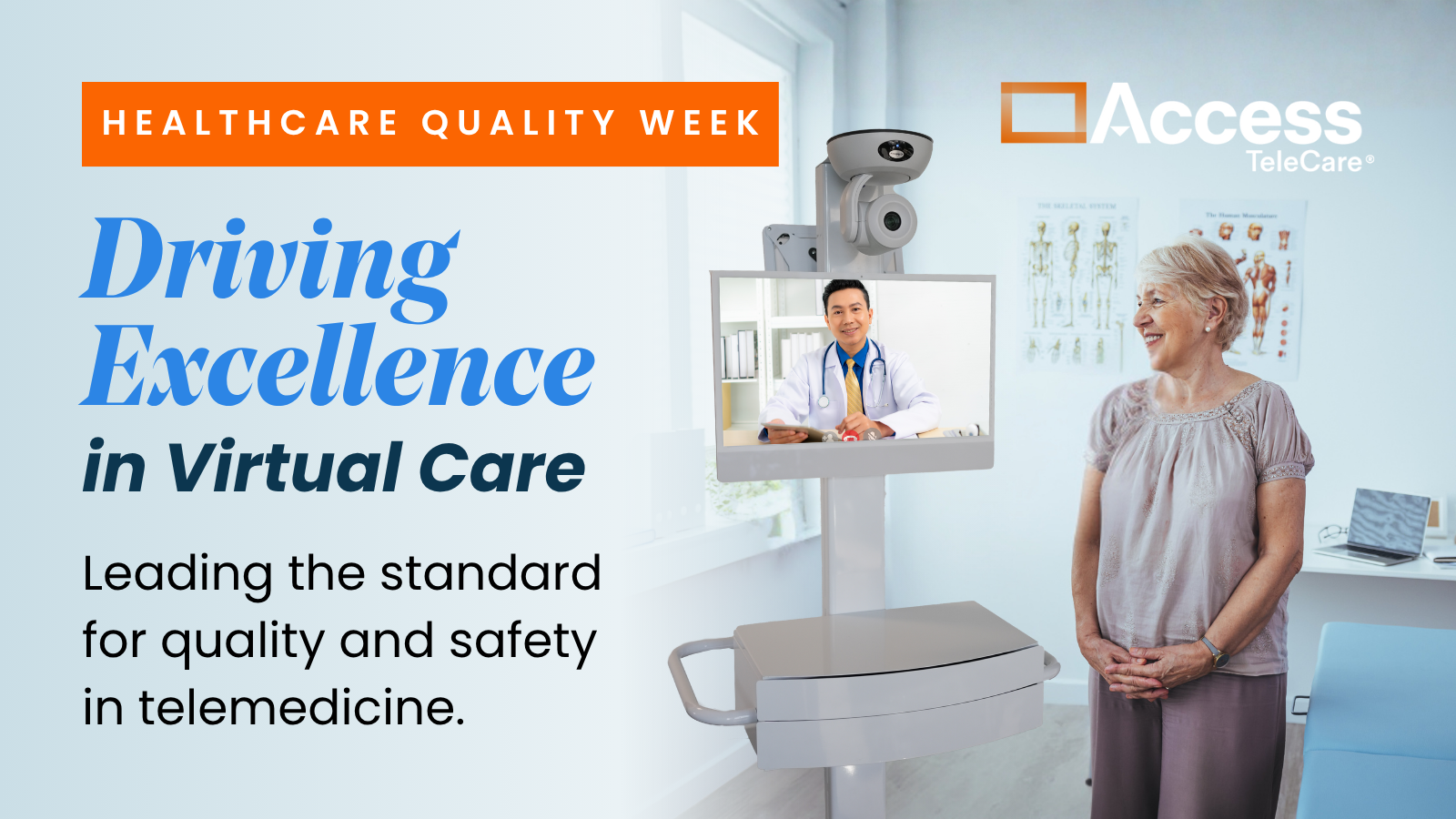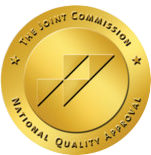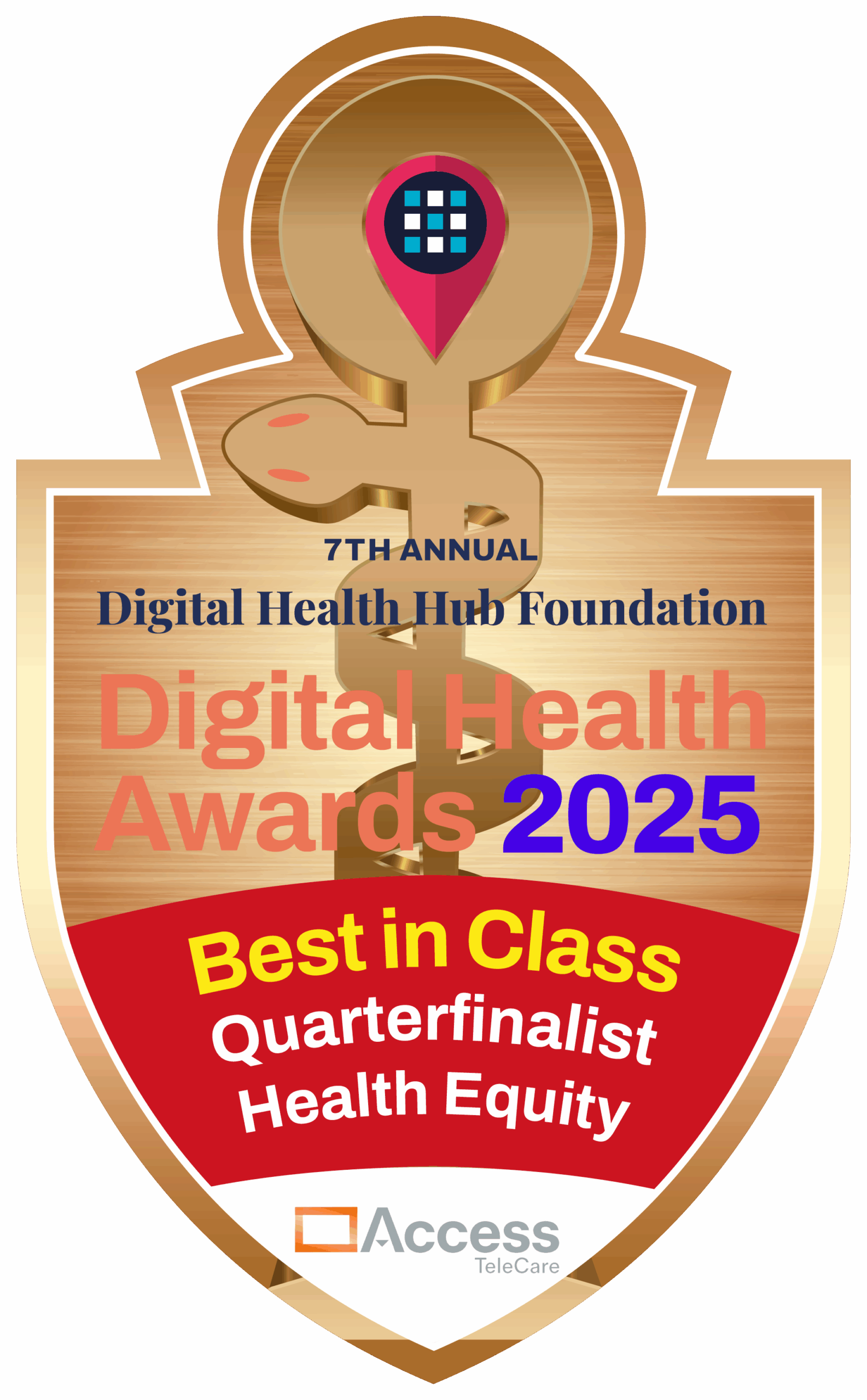When the global COVID-19 pandemic struck, direct-to-consumer (DTC) telemedicine suddenly took center stage. In a study published in the Journal of the American Informatics Association, the NYU Langone Health system in New York saw 683% growth in virtual urgent care visits and an astounding 4,345% increase in non-urgent virtual visits between March 2 and April 14, 2020. In fact, Frost & Sullivan research suggests that telemedicine’s usage could increase by as much as 64.3% in the U.S. this year.
Before 2020, telemedicine growth was fueled by several factors: a digital-native generation focused on convenience and immediate response, a growing elderly population, an increase in chronic disease and a nationwide shortage of physicians According to a survey by Sage Growth Partner (SGP) and Black Book Market Research, 25% of consumers who responded had already been using telemedicine services before the COVID-19 outbreak.
What Was (and Is) the Role of Telemedicine During Any Pandemic?
What role has telemedicine played during the pandemic? Here’s a summary from Medgadget:
- It helps reduce the risk of virus spread by allowing those with non-COVID-19 health concerns to get treatment without possible exposure in a hospital or clinic.
- It reduces the need for personal protective equipment (PPE) in outpatient settings so that they can be saved for acute care.
- It reduces the exposure of physicians to contagions through remote diagnosis, treatment, and monitoring so that they can continue to serve patients.
- Suspected or milder cases of COVID-19 can be monitored virtually, freeing up hospital beds for sicker patients.
What Is Acute Telemedicine and Where Does It Come Into This Picture?
We can already see in the ways that telemedicine relieves the burden on facilities and clinicians that acute telemedicine is part of a bigger healthcare delivery picture.
Acute telemedicine focuses on care delivery in emergency or urgent situations. DTC telemedicine, which replicates an office visit, is worlds away from what happens in an acute treatment setting.
Acute telemedicine plays an especially critical role where hospitals or clinics don’t have certain specialists on staff such as neurologists or psychiatrists. Examples of acute consults could include stroke, drug overdose, or sepsis. And it requires a great deal of careful planning and coordination to work effectively.
Hospitals and Clinics Need an Entirely New Strategy to Implement Acute Telemedicine
You can think of the delivery of acute telemedicine as a kind of hub-based air traffic model in which highly skilled dispatchers in a centralized environment, like air traffic control, work with AI-enhanced software to match the right clinician to the right patient based on acuity. The on-site care team plays an essential role in acute telemedicine as well. Clinicians need to be available to provide imaging, report vitals, help with the consult, and administer treatment.
This infographic compares the DTC telemedicine model to the acute telemedicine model, pointing out some of the most salient differences between the two.
Obstacles to Acute Telemedicine Still Exist
Many healthcare facilities and providers who have become more familiar and comfortable with DTC telemedicine may not realize the complexity, and the potential, of acute telemedicine. It’s understandable. Until recently, it’s been a small subsegment of healthcare that has been able to adopt telemedicine. Obstacles have included reimbursement policies and regulatory concerns. Many hospitals don’t have enough specialists for their acute telemedicine programs. There’s also the challenge of physician credentialing.
Other obstacles are technical. Access TeleCare Chief Medical Officer Dr. Jason Hallock cites several limitations:
- Lack of endpoints, or carts, throughout a facility
- The quality of the tech hardware such as camera and sound
- Access to broadband to ensure an uninterrupted, quality connection between specialist and care site
- Room acoustics that can hamper communications
Easing of Medicare reimbursement requirements and regulations are breaking the logjam. The increasing rollout of 5G networks is one advance that is sure to improve communication reliability and speed acute telemedicine adoption. On the credentialing roadblock, hospitals and clinics can partner with acute telemedicine vendors that have a large pool of credentialed physician specialists to offer. Those vendors who are Joint Commission accredited can offer credentialing by proxy to speed up the process, as well.
Acute Telemedicine’s Advantages Will Make It a Routine Part of Acute Care in the Future
The potential for acute telemedicine to help hospitals and clinics expand specialty acute care delivery, extend care to those who are admitted or need home monitoring after hospitalization, offer specialist care like neurology to remote facilities, free up teams and facilities in hospitals and clinics, and much more means that acute telemedicine looks to become part of standard care delivery. It will become simply one more way to connect clinicians and patients to optimize care and outcomes. There’s no doubt it is already transforming healthcare delivery.
****
To learn more, view the infographic: Telemedicine Takes Flight: Navigating the Complexities of Acute Care.









